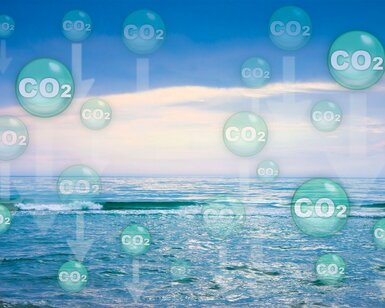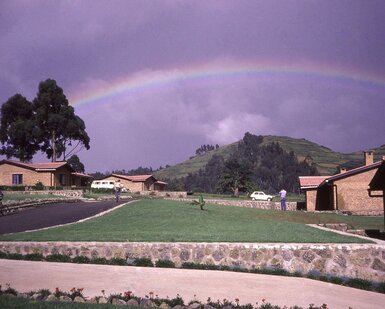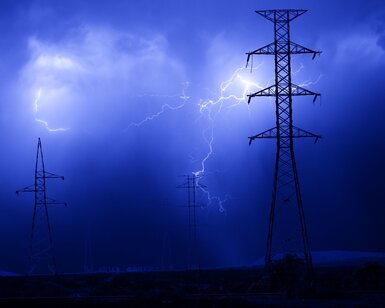Please type a search term (at least two characters)
News
EMPIR project on atmospheric aerosol traceability publishes paper in Metrologia

Improving methods and instrumentation to better understand the contribution of atmospheric aerosols to climate change
The project
Atmospheric aerosols absorb or scatter solar radiation, contributing the largest uncertainty to estimates and interpretations of climate change. Data for aerosol effects on sky radiation is typically collected by optical radiometers which are largely lacking traceability to the International System of Units (SI).
EMPIR project Metrology for aerosol optical properties (19ENV04, MAPP) is working to develop methods and SI-traceable devices for both laboratory and in-field calibrations of radiometers measuring solar and lunar irradiance. Data on the measurement uncertainty for a range of aerosol optical properties, retrieved from remote sensing-based instruments will also be developed along with validated methods linking ground-based measurements to satellite-based data.
At the end of the project in 2023 results obtained will help shorten the radiometer calibration chain, reduce the downtime of monitoring networks, and generate traceable data to support societies in adapting to a changing climate.
Metrologia paper
A paper entitled SI- traceable solar irradiance measurements for aerosol optical depth retrieval was published in the journal Metrologia. The paper gives details of the SI-traceable calibration of a Precision Filter Radiometer and its validation with respect to the WMO reference for Aerosol Optical Depth, which is composed of three Precision Filter Radiometers (PFRs) maintained and operated at PMOD/WRC.
Project coordinator Julian Gröbner from Physikalisch-Meteorologisches Observatorium Davos, World Radiation Center (PMOD/WRC) said
‘These results demonstrate that it is now possible to calibrate these narrowband filter radiometers in the laboratory using SI-traceable reference standards and determine aerosol optical depth from SI-traceable solar irradiance measurements. This new methodology will reduce instrument downtime due to the current time-consuming instrument calibration, shorten the calibration chain and allow direct comparison and validation of solar irradiance measurements.’
This EMPIR project is co-funded by the European Union's Horizon 2020 research and innovation programme and the EMPIR Participating States.
Want to hear more about EURAMET?
Carbon dioxide, released from man-made activities, is lowering the pH of the Earth’s oceans, and impacting the health of marine organisms worldwide more
Supporting automated and reconfigurable manufacturing systems more
Working with external project Cool White to test and suggest improvements on the locally available white paints more
The project FutureEnergy has provided new calibration services for ultra-high voltages and a good practice guide on Lightning Impulse dividers more
For many of the 5000 photonics companies in Europe a precise knowledge of a material’s optical properties is vital for industrial competitiveness more





